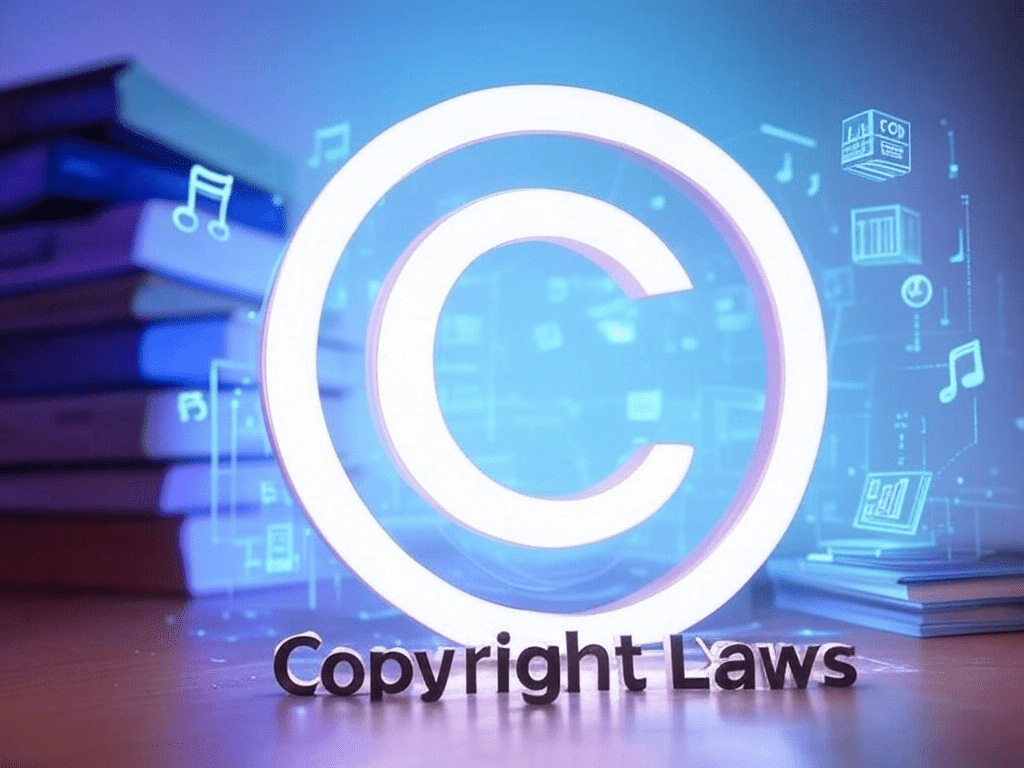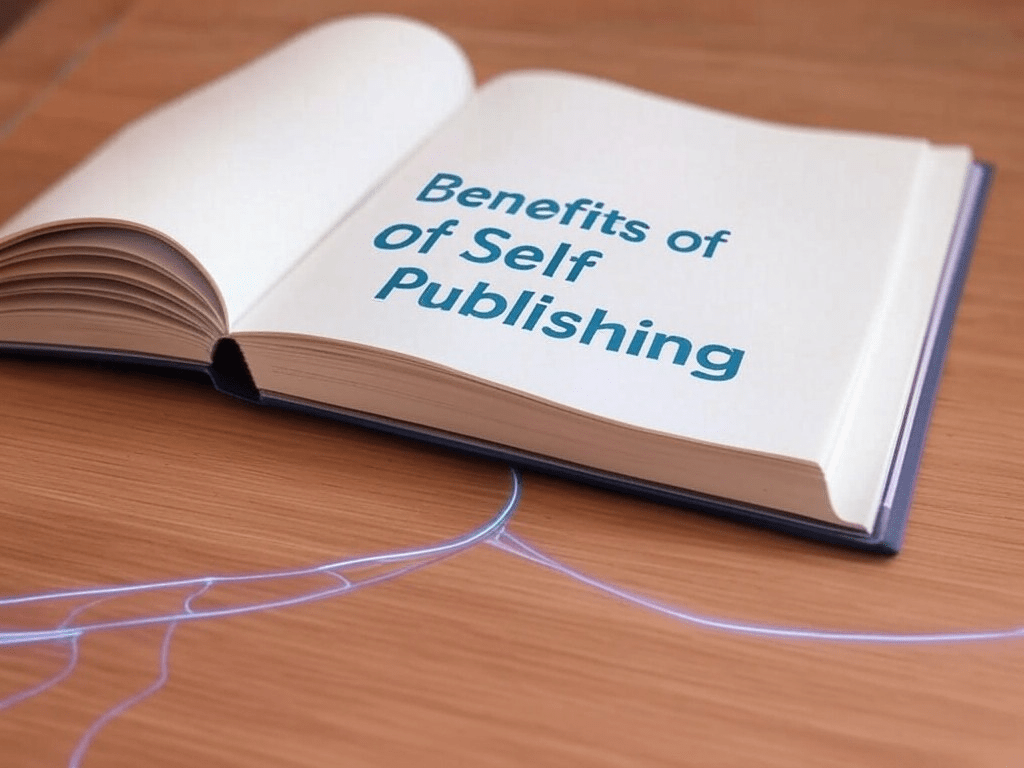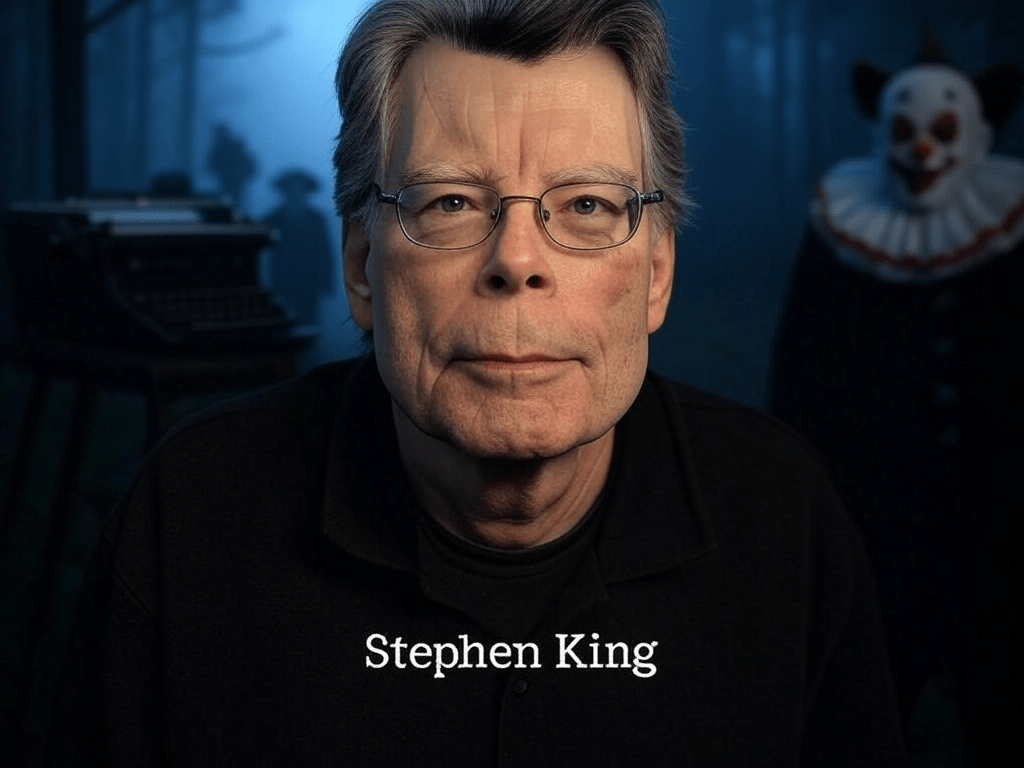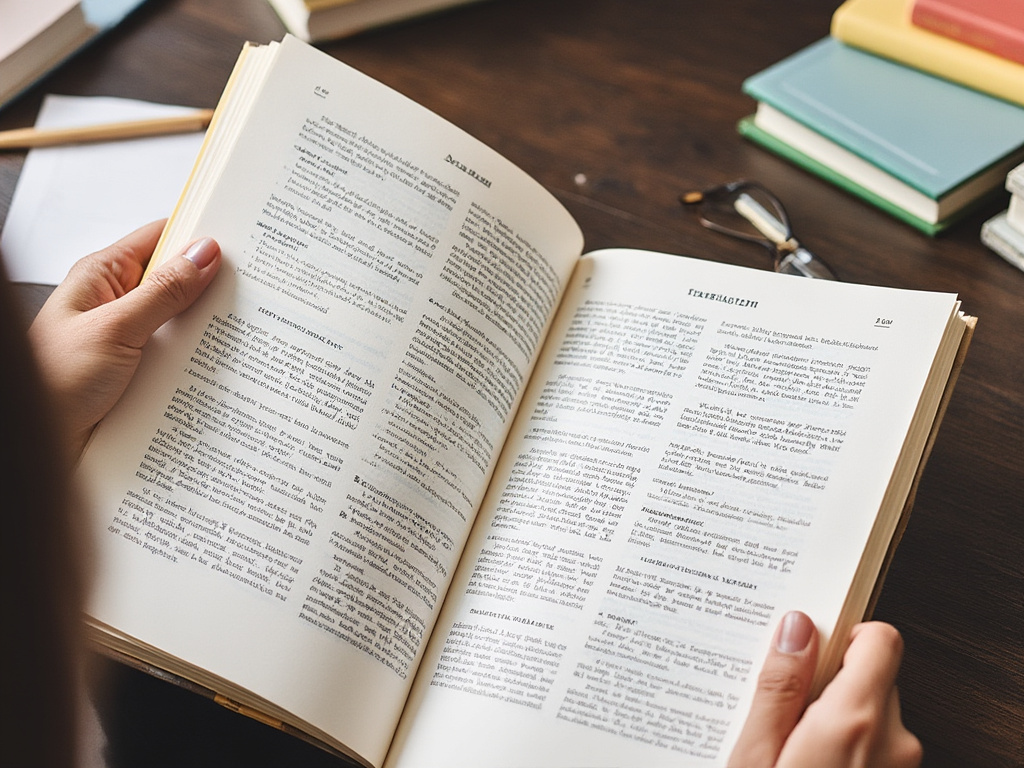What Are Copyright Laws?
Copyright laws protect creators’ rights by granting them exclusive control over their original works. They safeguard intellectual property from unauthorized use. The primary objective of copyright laws is to incentivize creativity by granting creators the exclusive right to reproduce, distribute, and display their works for a specified period.

Key Aspects of Copyright Protection
- Automatic Protection: Copyright is granted the moment an original work is created in a tangible form.
- Duration of Copyright: Varies by country; in the U.S., it lasts the author’s lifetime plus 70 years.
- Exclusive Rights: Include reproduction, distribution, public performance, and adaptation.
- Fair Use Doctrine: Allows limited use without permission under specific conditions.
- Copyright Registration: While automatic, registration enhances legal protection in case of disputes.
By understanding copyright infringement penalties and consequences, creators can better safeguard their intellectual property and avoid legal pitfalls.
Fair Use and Exceptions Under Copyright Laws
The fair use policy in copyright law allows for the limited use of copyrighted material without obtaining permission from the rights holder. This doctrine is essential for education, research, journalism, and criticism. Courts determine fair use based on:
- Purpose and Character – Nonprofit and educational uses are more likely to be considered fair use.
- Nature of the Copyrighted Work – Factual content is more likely to be used under fair use than fictional works.
- Amount and Substantiality – Using small portions of a work is more likely to be deemed fair.
- Effect on Market Value – If the use negatively impacts the original work’s value, it may not qualify as fair use.
Understanding the fair use policy in copyright law helps content creators and educators use copyrighted materials responsibly.
Copyright Infringement: What It Means and How to Avoid It
Copyright infringement penalties and consequences can be severe, including legal actions, monetary fines, and reputational damage. Some common forms of copyright infringement include:
- Unauthorized Reproduction: Copying or distributing copyrighted work without permission.
- Plagiarism: Presenting someone else’s work as your own.
- Illegal Streaming and Downloading: Uploading or downloading protected content without a license.
How to Avoid Copyright Infringement
- Obtain Licenses: Seek permission from copyright holders for commercial use.
- Use Creative Commons: Utilize works licensed under Creative Commons for free use.
- Cite Sources Properly: Give proper attribution when referencing copyrighted materials.
- Leverage Public Domain: Use works whose copyrights have expired.
Avoiding copyright infringement penalties and consequences not only keeps you legally compliant but also fosters a culture of respect for intellectual property rights.
International Copyright Laws: How They Vary Across Countries
Global copyright protection laws and agreements play a crucial role in ensuring cross-border intellectual property rights. While copyright laws differ by country, several international treaties harmonize copyright protections worldwide:
Major International Copyright Agreements
- Berne Convention (1886): Ensures automatic copyright protection across member nations.
- Universal Copyright Convention (UCC): Offers alternative protection for non-Berne countries.
- WIPO Copyright Treaty (WCT): Strengthens digital copyright protections globally.
- TRIPS Agreement: Establishes minimum copyright standards for World Trade Organization (WTO) members.
Countries interpret global copyright protection laws and agreements differently, making it essential for international businesses and content creators to stay informed about jurisdiction-specific rules.
The Future of Copyright Laws in the Digital Age
With the rise of digital media, artificial intelligence, and blockchain technology, copyright laws are evolving to address new challenges. Some key trends shaping the future of copyright include:
- AI-Generated Content: Who owns the rights to AI-created works?
- Digital Rights Management (DRM): Advanced methods for preventing unauthorized digital content usage.
- Blockchain for Copyright Protection: Using NFTs and blockchain to timestamp and verify ownership.
- Stricter Copyright Enforcement: Governments tightening regulations to curb online piracy.
As global copyright protection laws and agreements continue to adapt, staying updated with legal changes will be crucial for content creators and businesses alike.
Final Thoughts on Copyright Laws
Understanding copyright laws is essential for creators, businesses, and consumers to navigate intellectual property rights responsibly. Whether you are a writer, musician, artist, or entrepreneur, being aware of fair use policy in copyright law, copyright infringement penalties and consequences, and global copyright protection laws and agreements can protect your work and ensure legal compliance.
Do you have questions about copyright laws and how they apply to your industry? Drop a comment below and let’s discuss!






